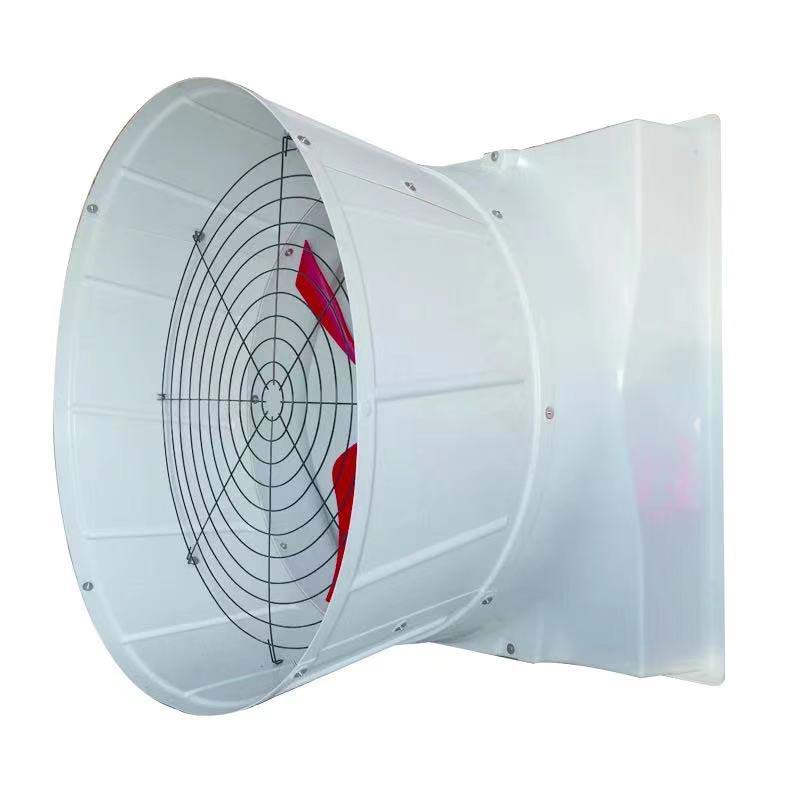Exploring Innovative Designs for Chicken Cages in Modern Poultry Farming
Nov . 27, 2024 13:24 Back to list
Exploring Innovative Designs for Chicken Cages in Modern Poultry Farming
The Significance of Chicken Cages in Poultry Farming
In the realm of poultry farming, chicken cages play a pivotal role in the management, health, and productivity of hens. As the demand for poultry products, especially eggs and meat, continues to rise globally, the methods of raising chickens have significantly evolved. The utilization of cages has become a contentious yet essential practice, balancing efficiency, welfare, and sustainability.
Chicken cages are designed to house hens in a confined area, ensuring their safety and allowing farmers to monitor their health closely. This method of raising chickens provides multiple benefits. Firstly, it facilitates effective space management. In areas with limited land availability, such as urban or suburban settings, layered cages can accommodate a greater number of birds within a smaller footprint. This vertical farming approach maximizes productivity, allowing farmers to meet market demands effectively.
The Significance of Chicken Cages in Poultry Farming
However, the use of chicken cages has sparked significant debate concerning animal welfare. Critics argue that confinement can lead to stress and a lack of natural behaviors, such as nesting and foraging. In response to these concerns, many farmers are adopting enriched cages that provide hens with more space and stimulation. These enriched environments include features like perches, nesting boxes, and scratching areas, allowing hens to express more natural behaviors while still enjoying the efficiency of caged systems.
chickens cages

Regulatory frameworks around poultry farming are also becoming stricter in many regions, prompting farmers to adapt their practices to meet welfare standards. Initiatives such as cage-free and free-range farming are gaining popularity, as consumers increasingly demand ethically raised food products. This shift reflects a growing awareness of animal welfare issues and has pushed the industry toward finding a middle ground that benefits both birds and producers.
In addition to welfare concerns, the economics of chicken farming are significantly influenced by the type of housing system employed. Caged systems generally have lower operational costs compared to free-range models due to reduced land requirements and lower labor costs associated with feeding, cleaning, and monitoring. However, the initial investment for enriched cages, which provide better conditions for chickens, can be higher. This is a critical consideration for farmers weighing their options in an ever-competitive market.
Sustainability is another crucial aspect of the debate. Responsible farming practices can lead to reduced impacts on the environment, and how chickens are housed plays a role in this. Intensive cage systems can lead to higher manure concentrations, which can be harmful to local ecosystems if not managed properly. Conversely, better waste management strategies in caged systems can mitigate these impacts and contribute to a more sustainable poultry industry.
In summary, chicken cages are a fundamental component of modern poultry farming. While they offer many advantages in terms of efficiency and health management, the challenges regarding welfare and sustainability cannot be overlooked. As the industry continues to evolve, it is essential for farmers, consumers, and regulators to work collaboratively to promote practices that balance productivity with ethical and sustainable considerations. The future of poultry farming will likely depend on innovations that uphold animal welfare while meeting the demands of a growing global population.
-
Hot Sale 24 & 18 Door Rabbit Cages - Premium Breeding Solutions
NewsJul.25,2025
-
Automatic Feeding Line System Pan Feeder Nipple Drinker - Anping County Yize Metal Products Co., Ltd.
NewsJul.21,2025
-
Automatic Feeding Line System Pan Feeder Nipple Drinker - Anping County Yize Metal Products Co., Ltd.
NewsJul.21,2025
-
Automatic Feeding Line System - Anping Yize | Precision & Nipple
NewsJul.21,2025
-
Automatic Feeding Line System - Anping Yize | Precision & Nipple
NewsJul.21,2025
-
Automatic Feeding Line System-Anping County Yize Metal Products Co., Ltd.|Efficient Feed Distribution&Customized Animal Farming Solutions
NewsJul.21,2025






